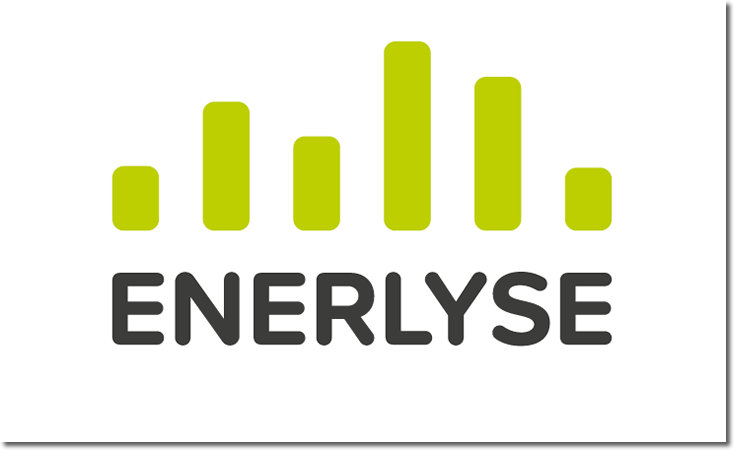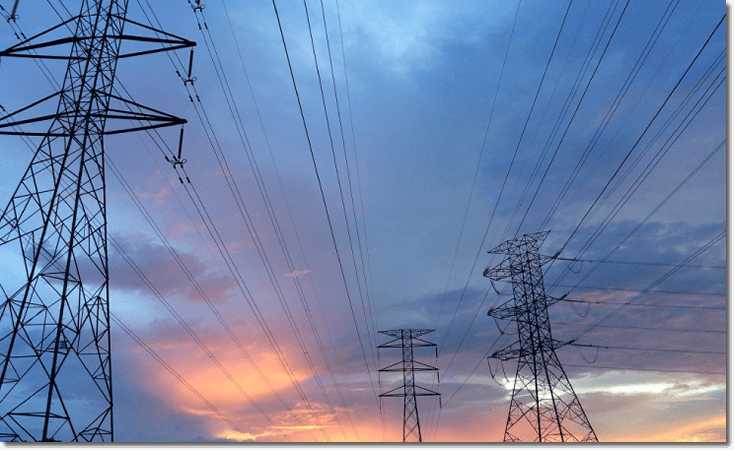ENERLYSE
Our Process - ENERLYSE
We have many years’ experience analysing data on behalf of our clients to help identify improvements and a sustainable tailored future plan.
As consultants we use energy reducing technology to advise and consider our clients’ energy requirements, managing investment expectation; based on unique considerations for each business premises and usage. To do this we use our own bespoke improvement plan & system we call ENERLYSE.


Metering & Monitoring
Electronic Metering & Monitoring
Normalised Reporting
Normalised Reporting & Savings Verification


Champions
Energy Champions
Responsive
Responsive Energy Auditing
Using data to help identify exceptions, identify good/bad impacts on use and where no practical explanation can be found, auditing allows specialist engineers to identify and help implement changes that reduces energy usage which can be measured/reported on through Electronic Metering & Monitoring.


Behaviour Change
Leveraged Behaviour Change
Demand Reduction
Year on Year Demand Reduction


Supply Management
Supply Management & DNO Liaison
Energy Saving
Energy Saving Technology & Renewable
